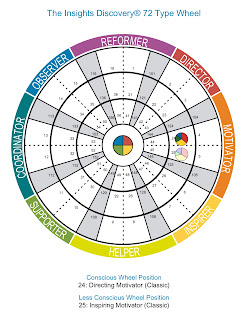Challenges to IT service provision
CIOs and colleagues responsible for supporting dispersed users face increasing challenges. And it got more complicated last week when Adobe announced that its Flash technology is now a dead-end (only, officially, mobile platforms: but, as they are growing massively to outnumber conventional computers it's only a matter of time).
Trouble is, the HTML5 swirl of technology is not yet ready to replace it: sure, you can use HTML5 now to serve up video. But Flash technology has been used to do much more than just that; for example to provide smart applications that run in a browser and make less demands of the network and central services.
Business applications can't afford to wait a few years for HTML to catch up, still less for the standards-compliance politics to be worked through. So we'll have to bear the cost of continuing some measured use of Flash and being prepared to write off the investment over a shorter period, as well as bear the costs of re-development when the new tools become available.
Get more like this
Trouble is, the HTML5 swirl of technology is not yet ready to replace it: sure, you can use HTML5 now to serve up video. But Flash technology has been used to do much more than just that; for example to provide smart applications that run in a browser and make less demands of the network and central services.
Business applications can't afford to wait a few years for HTML to catch up, still less for the standards-compliance politics to be worked through. So we'll have to bear the cost of continuing some measured use of Flash and being prepared to write off the investment over a shorter period, as well as bear the costs of re-development when the new tools become available.
Get more like this



Comments